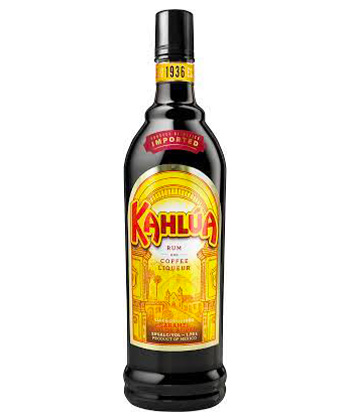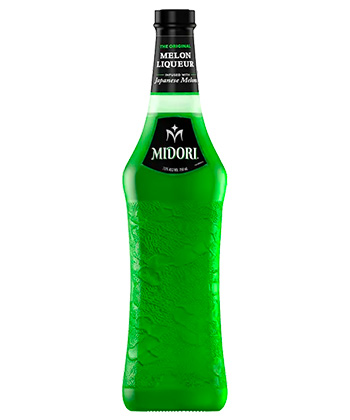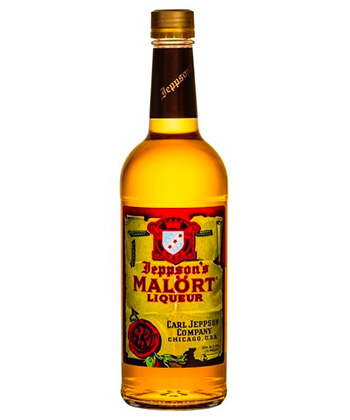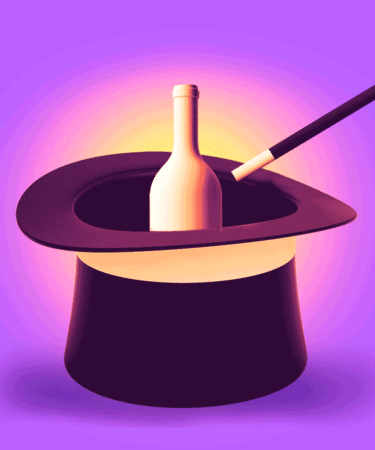Whether you’re filling a home bar cart or the limited shelving behind the stick, choosing the right alcohol to keep on hand is an important one. In the quest to experiment with the latest cocktail trend, many of us have been guilty of purchasing a spirit or liqueur only to never use said bottle again. Bars can be guilty of the exact same thing, and for professionals, these bottles take up important real estate that could be better served with more refined choices. That said, there are some bottles that at-home drinkers and bar patrons empty over and over again that seasoned bartenders wish they could permanently cross off their order lists.
To find out which products should be expelled from bar carts and back bars forever, we reached out to bartenders across the country for valuable insight into trends that experts hope are on their way out, along with inspiration for at-home cocktail projects — like limoncello, coffee liqueur, and grenadine — perfect for the months ahead. Keep reading to learn which bottles have to go.
The bottles and products bartenders recommend cutting from restaurant and home bar collections:
- Kahlúa
- Artificial lime bottles
- Strangely shaped bottles
- Midori
- Commercial limoncello
- Flavored vodka
- Elderflower liqueur
- Triple Sec and blue curaçao
- Unrefrigerated fortified wines
- Malört
- Commercial grenadine
- Sour mix
- Flavored whiskey
- Overly sweetened rums with added sugar

“Kahlúa: It’s insipid, too sweet, and we can all do better. There are many better coffee liqueurs to replace it with such as [Caffè] Borghetti and Mr Black, and making your own from your favorite coffee and your favorite spirit is really easy — both at home and on professional bars.” —Max Hill, manager, The Lark, Santa Barbara, Calif.
“I have high hopes that artificial lime bottles will disappear from all back bars and carts. The neon green bottle that was ubiquitous for so many years is now a relic. When it comes to cocktails, there’s no comparison to using fresh-squeezed limes and real simple syrup. It takes minimal effort and you’ll taste the difference immediately. Cocktails are about indulgence and savoring. You should make your drink the best it can possibly be and enjoy!” —Amanda Lee, head bartender, Lindens, New York City
“I think we need to banish any weird-shaped bottles from back bars — like Galliano, for instance. There is nothing wrong with the product; it just doesn’t sell and also has a ridiculous bottle shape, though some of my bar staff swear it’s for self defense.” —Martin Fernandez, bar manager, Rochambeau, Boston

“Midori. It was super cringe for me when it began enjoying a renaissance last year among bartenders who put it in signature cocktails in places spanning dive bars to Le Bernardin. I don’t see the virtue of an artificially flavored or colored beverage when there are so many great spirits worth supporting today. Get off my lawn and back bar!” —Chris Struck, beverage director, ilili NYC, New York City
“Limoncello. It’s such an easy and mainly hands-off process to make your own limoncello, and it’s miles better in quality than the syrupy versions that you can buy.” —Bernadette James, sommelier, Stages at One Washington and The Living Room, Dover, N.H.
“I will definitely say flavored vodkas, which have flooded the market in the past two decades with a wide range of artificial and overly sweet flavors. They often mask the natural flavors of cocktails and tend to be one-dimensional, limiting the creativity of bartenders. Instead of relying on flavored vodkas, bartenders can use fresh ingredients, infusions, and quality spirits to create unique and natural flavors in cocktails.” —Eden Tesfamariam, co-partner, Stella Hospitality Group, Queens/Brooklyn/Manhattan/Los Angeles
“One trend or ‘fad’ that we are not into is flavored vodka, so that’s something that you won’t see behind our bar. We prefer to either infuse a neutral spirit like vodka in-house or use housemade tinctures and strips instead.” —Reed Adelson, owner, Virginia’s, New York City
“The boom of elderflower liqueurs allowed bartenders to add a floral ingredient to their cocktails, but may have also stifled their creativity. It can be cloyingly sweet and overpower and mask the nuances of other flavors. There are plenty of other herbal or floral ingredients that can be used to achieve a similar result!” —Tom Brander, beverage manager, Wilder, Philadelphia
“I would remove Triple Sec. It’s a low-level orange liqueur, usually used to substitute [for] Cointreau in cocktails like Margaritas and Cosmopolitans.” —Luca Lanzilotti, beverage director, Fouquet’s New York, New York City
“For me, Blue Curaçao doesn’t deserve a spot on the back bar. Admittedly, it often earns its place on the cocktail menu of a tropical bar, but making blue drinks for the sake of the gimmick is outdated. Instead, try reaching for one of the many color-free Curaçaos, like Ferrand Dry Yuzu Curaçao to elevate your cocktails.” —Jessica Brown, bar manager, Nostrana, Portland, Ore.
“I’m not one to say any product should disappear completely, mainly because passing along a shot of something I’d never want to drink to an unsuspecting buddy is a great bit. Though something that needs to get off the back bar and into the fridge is any fortified or aromatized wine once it’s been opened. That’s usually the first thing I notice when I’m at a bar — seeing two half-full bottles of vermouth, one sweet and one dry, usually low and to the side, neighboring a vast array of flavored vodkas. Put your vermouth in the fridge.” —Trevor Langer, head bartender, Jac’s on Bond, New York City

“The first thing that comes to mind is Malört. It’s a nightmare in a bottle, and I don’t know why it exists. But, it’s not on every bar in America. Something that is [on every bar in America] … is cheap grenadine. This may be a controversial opinion, but it’s gotta go. It’s just a sugary, red mess. It doesn’t have a good or dynamic flavor. It’s just… sweet. Grenadine is easy to make, and when it’s done in-house, it can be made with deeper, richer flavors that add something to a cocktail other than the color ‘red.’” —Cyle Walker, sommelier and beverage director, Spain Wine Bar, Ocean City, Md.
“Sour mix should disappear. There is no bigger culprit to drinks tasting awful than sour mix or fake citrus. Not only is the natural flavor of citrus gone but you can’t get a proper citrus-sweetness ratio in your drink, with the result being a sweet and awful drink. Alcohol is already expensive so it shouldn’t be ruined with cheap sour mix, all it takes is cutting a citrus in half and then using the fruit’s natural sweetness in conjunction with a sweetener to get a vastly superior drink.” —Alex Dominguez, head bartender, Bar Calico, New York City
“Flavored whiskeys: Unless it’s a college bar or something out of the remake of ‘Road House,’ any flavored whiskey behind the bar is my cue to not order a specialty cocktail and stick to beer. (Preferably bottled as the bar manager that ordered it most likely doesn’t clean his keg lines often). Whiskey is complex enough without artificial peanut butter or honey. If flavorings are your thing, enjoy one of the numerous vodka and rum offerings, but leave whiskey alone.” —Jon Cross, general manager and sommelier, Loreto, Los Angeles
“It’s no secret at this point in the bartending community that rum brands like Bumbu and Diplomático (just to name a few), use ample amounts of added sugar or other additives to make their distillate more palatable. This is unnecessary with so many beautiful dry rums available that won’t result in an overly sweet, proofed-down cocktail. Seek out rums from Jamaica, Barbados, Guyana, Guadalupe, Martinique, and Haiti.” —Robby Dow, bar director, Olivero, Wilmington, N.C.
